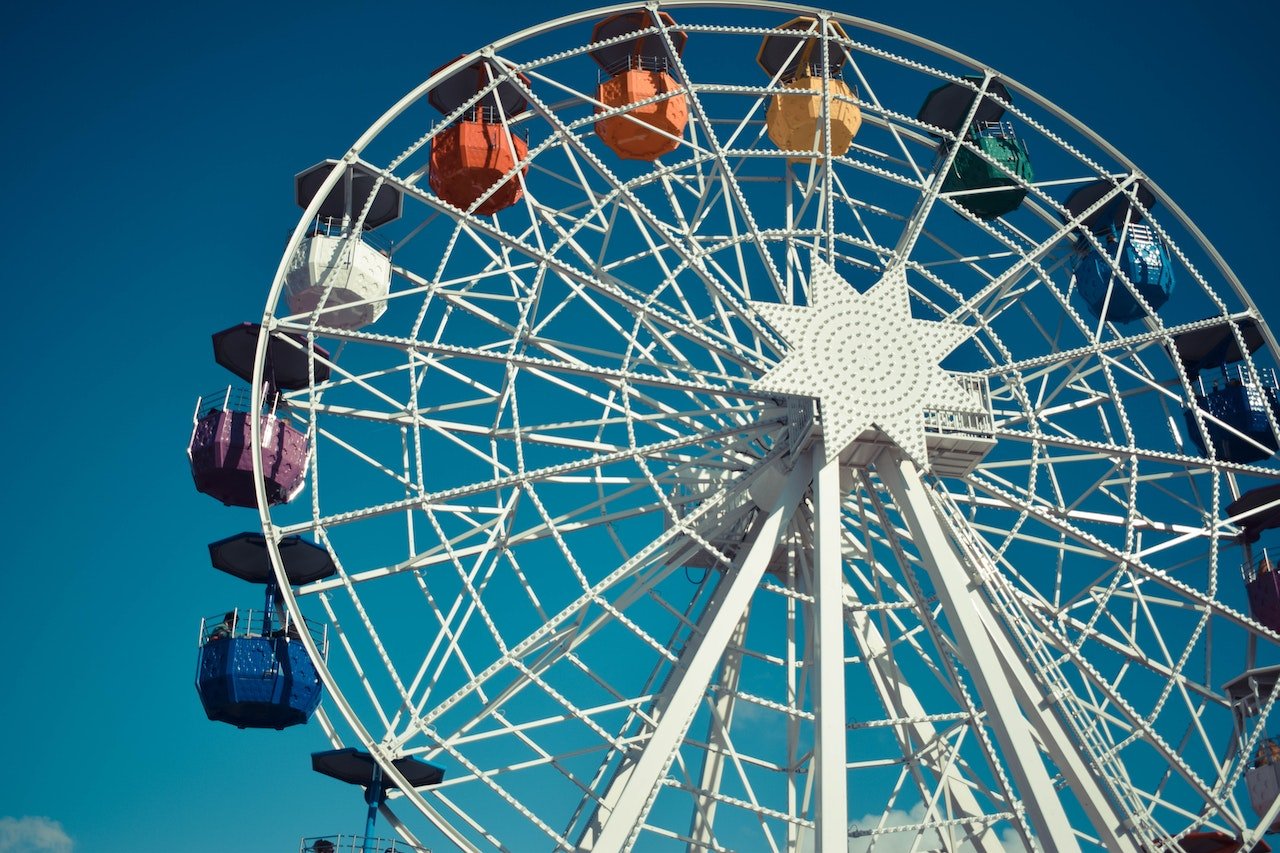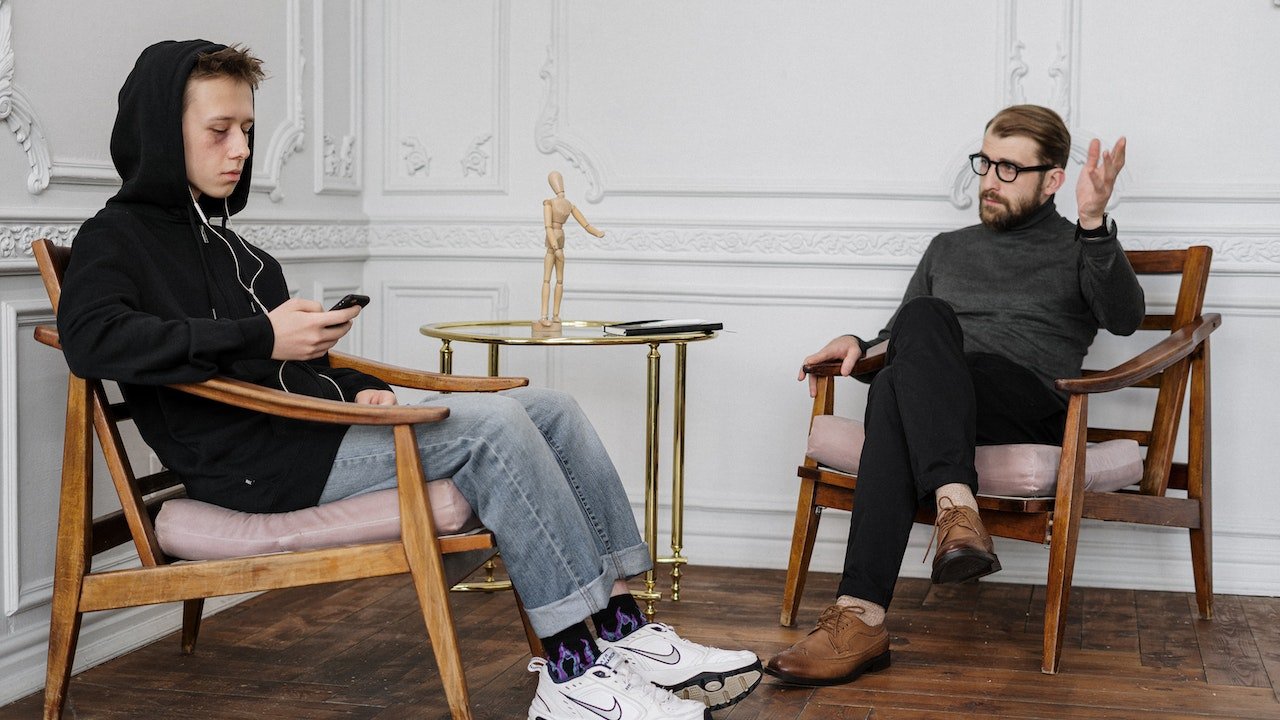What to Know When it Comes to Amusement Park Ride Safety in Atlanta

Amusement parks are great places to spend a fun day with family and friends, but safety should always come first. While amusement park rides are designed to be thrilling and exciting, they can also pose a serious risk if safety measures are not followed. In this article, we will cover everything you need to know about amusement park ride safety in Atlanta, including safety guidelines, common injuries, and what to do in case of an emergency.
Contents
The Importance of Amusement Park Ride Safety
Amusement of park ride safety is crucial to prevent accidents and injuries. The amusement park industry is highly regulated, and ride manufacturers must meet strict safety standards set by organizations such as ASTM International and the International Association of Amusement Parks and Attractions (IAAPA). However, accidents can still occur due to rider behavior or mechanical failure.
According to the Consumer Product Safety Commission (CPSC), there were an estimated 43,000 amusement ride-related injuries treated in U.S. emergency departments in 2018. While this number may seem high, it is important to note that the likelihood of injury on a ride is very low. The IAAPA reports that the chance of being seriously injured on a fixed-site amusement ride in the U.S. is 1 in 24 million.
Safety Guidelines
Amusement parks have strict safety guidelines in place to ensure the safety of all riders. Before going on a ride, it is important to read and follow all posted rules and regulations. Here are some general safety guidelines to keep in mind:
Height Requirements
Height requirements are in place to ensure that riders are the proper size to safely ride a particular attraction. These requirements are based on the design of the ride and are not negotiable. Always follow height restrictions, even if you think you or your child are tall enough to ride.
Health Restrictions
Amusement park rides can be intense and physically demanding. It is important to check for health restrictions before going on a ride. Certain medical conditions such as heart problems, high blood pressure, or neck and back injuries may prevent you from safely riding certain attractions.
Rider Responsibility
Riders are responsible for their own safety and the safety of others. Always follow the ride attendant’s instructions, remain seated, and keep all body parts inside the ride vehicle at all times. Do not attempt to retrieve dropped items while the ride is in motion.
Seatbelts and Restraints
Seatbelts and restraints are designed to keep riders in their seats during the ride. Always make sure that your seatbelt or restraint is properly secured before the ride begins.
Follow Instructions
Follow all posted instructions and rules, and listen carefully to the ride attendant’s instructions. Do not attempt to board or exit a ride until instructed to do so.
Supervise Children
Adults should always supervise children while they are on rides. Children should be seated and secured properly and never left unattended on a ride.
Common Injuries
While amusement park rides are generally safe, accidents can still happen. Here are some common injuries that can occur:
Head and Neck Injuries
Head and neck injuries can occur when a rider’s head is jolted due to sudden movements or impacts during a ride. These can range from minor bruises to more serious injuries such as concussions or neck strains.
Read More: Philly’s Helpful Vape Laws Could Spread to More of PA (2023)
Whiplash
Whiplash is a common injury that can occur on rides that involve sudden stops or changes in direction. It happens when the neck is forcefully jerked back and forth, causing strain on the muscles and ligaments in the neck.
Broken Bones
Broken bones can occur from falls or impacts during a ride. This can happen if a rider is not properly secured in their seat or if there is a mechanical failure that causes a sudden jolt or impact.
Bruises and Cuts
Bruises and cuts can occur from contact with ride restraints, sharp edges, or other objects during a ride. It is important to follow all posted instructions and remain seated with all body parts inside the ride vehicle to avoid such injuries.
Drowning
Some amusement park rides, such as water rides or water slides, pose a risk of drowning if riders are not properly secured or if they fall into the water. It is important to always follow all posted safety guidelines and remain seated in the designated areas.
What to Do in Case of an Emergency
In case of an emergency during an amusement park ride, it is important to stay calm and follow the instructions of ride attendants or park staff. If you notice any issues or concerns during a ride, such as a loose restraint or mechanical failure, notify a ride attendant immediately.
If an injury occurs, seek medical attention as soon as possible. Amusement parks typically have first aid stations or medical facilities on-site. It is also important to report the incident to park staff for documentation and investigation purposes.
Conclusion
Amusement park ride safety is paramount to ensure a fun and enjoyable experience for all riders. By following posted guidelines, height requirements, and ride attendant instructions, riders can minimize the risk of accidents and injuries. It is also crucial to supervise children at all times and be aware of any health restrictions that may apply.
Read More: One Dead 33 Injured In Bus Accident
Remember, while accidents at amusement parks are rare, it is always better to be cautious and prioritize safety. By being informed and following safety guidelines, you can have a thrilling and safe experience at Atlanta’s amusement parks.
FAQs
Are amusement park rides safe?
Yes, amusement park rides are generally safe when riders follow posted guidelines, height requirements, and ride attendant instructions. However, accidents can still occur, and it is important to prioritize safety at all times.
What should I do if I notice a safety concern during a ride?
If you notice a safety concern during a ride, such as a loose restraint or mechanical failure, notify a ride attendant immediately.
Can children ride amusement park rides alone?
It depends on the height requirements and guidelines of each ride. Some rides may allow children to ride alone if they meet the height and age requirements, while others may require adult supervision.
What should I do in case of an injury during an amusement park ride?
If an injury occurs during a ride, seek medical attention as soon as possible and report the incident to park staff for documentation and investigation purposes.
Can I bring personal belongings on amusement park rides?
It is generally not recommended to bring personal belongings such as loose items or valuables on amusement park rides, as they can pose a safety risk. Most rides have designated storage areas or lockers available for belongings.

